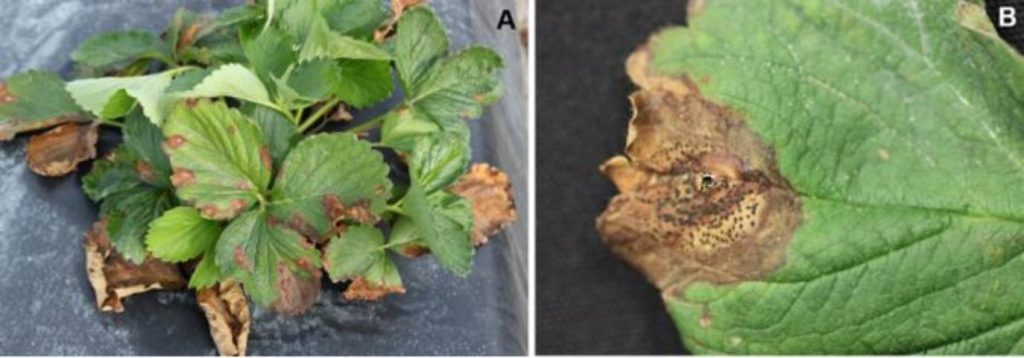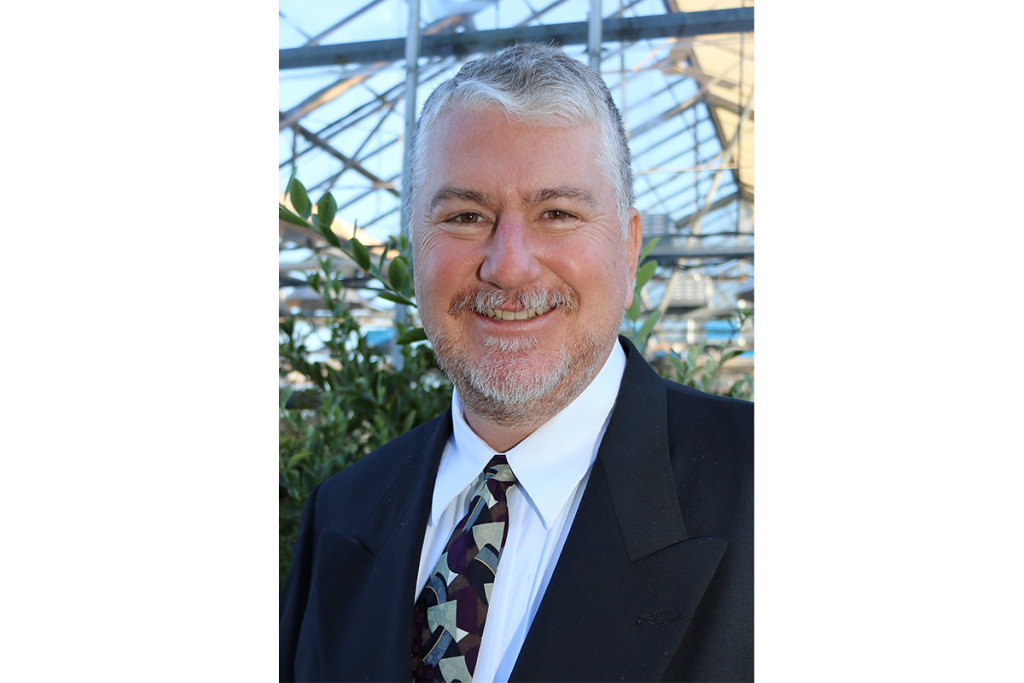
By Clint Thompson
Minimal reports of Neopestalotiopsis Fruit Rot disease in Georgia strawberries this year has one University of Georgia Extension fruit disease specialist encouraged. But the real test will come when temperatures warm up and row covers are removed, believes Phil Brannen.

“Other than the one (farmer) that had it early who got his plants from one of those nurseries (that have had problems with the disease), I haven’t heard anything back from that and I’ve not heard anybody else who’s had it. So far, so good,” Brannen said. “I think at this point I’d say it’s encouraging. For one, growers did take it seriously and for the most part got their plants from other nurseries.
“Now what could happen though is if it is in the field and if it’s in weeds or residue … we’re cold right now, nothing’s going to be happening at this point unless it’s happening under row covers. You’re just not going to see it unless you start pulling back row covers. We’re not going to get any reports until things warm up. If it does develop, it will probably be when it warms up in the spring and we get rain.
“But we didn’t see it this fall. In the past years, we clearly saw it in the fall. We had a warm fall and had a lot of rain in the fall, so I do think that’s encouraging.”
Neopestalotiopsis causes leaf spots on strawberry plants. It develops quickly and produces spores on the leaves. It can cause severe leaf spotting and fruit rot under favorable weather conditions. The disease was first discovered during the 2018-19 season in five Florida farms and attributed to one nursery source in North Carolina.









